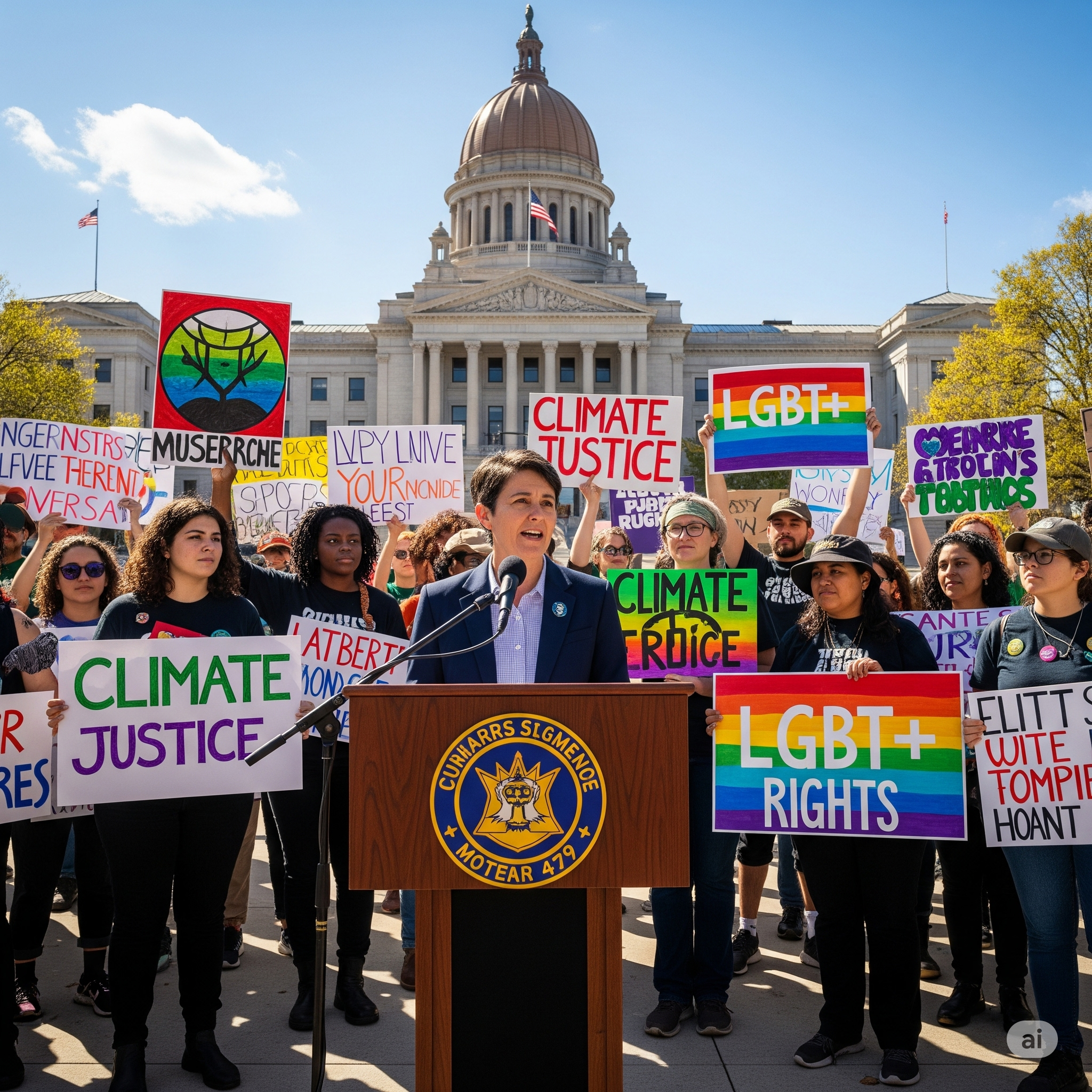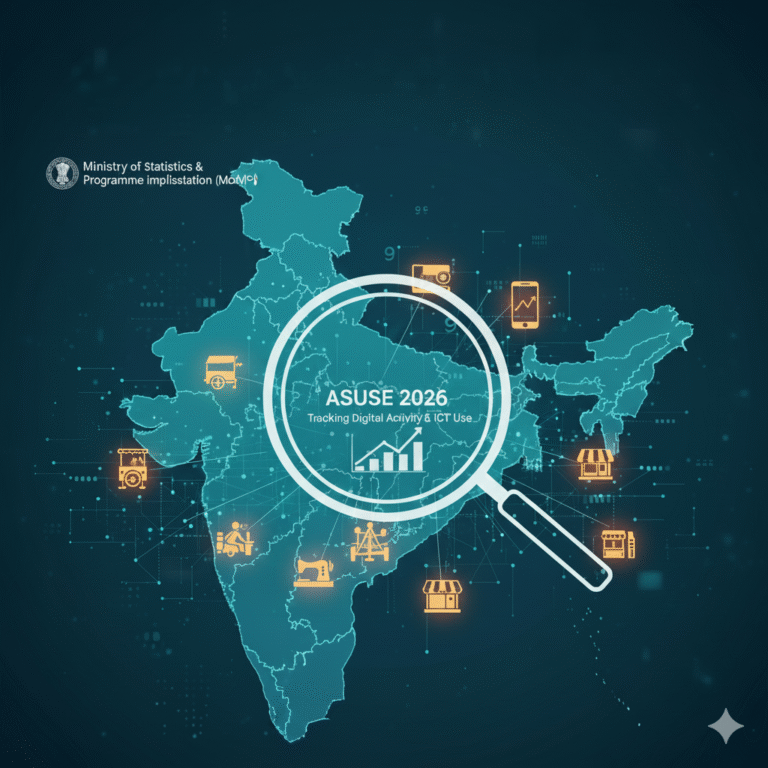A Nation Divided: The Urban-Rural Political Gap
The ideological divide between urban and rural America has never been more visible. In 2025, most major U.S. cities lean heavily progressive, promoting policies like universal pre-K, green public transit, rent stabilization, and sanctuary protections. Meanwhile, many state legislatures, particularly in southern and Midwestern states, are controlled by conservative supermajorities.
This growing divide raises a crucial question: Can progressive cities survive and thrive when embedded in largely conservative states?
🌆 The Rise of Progressive Urban Governance
Cities like New York, San Francisco, Austin, and Minneapolis have become laboratories for progressive innovation. From climate pledges to police reform to affordable housing schemes, urban governments are taking bold steps to address issues that federal and state actors often ignore.
Examples:
- Denver legalized safe injection sites.
- Los Angeles launched a universal basic income (UBI) pilot.
- Chicago implemented mental health response teams instead of police for certain 911 calls.
These policies reflect the needs of dense, diverse populations who favor socially liberal and economically redistributive ideas.
🏛️ State Preemption: A Legal Barrier to Progress
Despite local successes, many progressive policies are being blocked or overturned by state governments through preemption laws. These laws allow state legislatures to override municipal policies that conflict with state-level agendas.
Common Targets of Preemption:
- Minimum wage increases
- Rent control
- Trans-inclusive healthcare access
- Gun control measures
- Climate ordinances
In 2023, Florida overruled Tampa’s rent freeze citing “economic interference.” In Texas, Austin’s paid sick leave mandate was struck down as unconstitutional.
This legal conflict curtails cities’ autonomy and places them at odds with their own constituents.
🏰 The Power of Localism: Resisting from Below
Despite the challenges, cities continue to find creative ways to govern and resist state-level suppression. Strategies include:
- Ballot Initiatives: Using citizen-led referendums to pass local laws
- Legal Challenges: Suing state governments over jurisdiction
- Coalition Building: Joining regional city alliances to pool resources and legal clout
- Innovative Funding: Relying on philanthropy, local taxes, and federal grants
Notable Case:
In 2022, Kansas City created a community policing board independent of the state-run police system. Although contested, the move inspired similar experiments elsewhere.
🔸 The Role of Federalism and the Courts
The tension between progressive cities and conservative states underscores a deeper question about American federalism. Who holds the power to govern?
Federal courts have become key battlegrounds for determining the reach of local authority. Some rulings support cities’ rights to self-govern; others favor state supremacy.
A 2024 9th Circuit ruling upheld San Francisco’s right to offer municipal ID cards to undocumented immigrants, setting a precedent for other cities.
🧳 The Bigger Picture: What This Means for America
This clash isn’t just about laws; it’s about identity and the future of governance.
- Urban areas drive innovation, diversity, and economic growth
- Rural and suburban regions feel left behind and seek traditional values
The result is an America divided not only by party lines but by lived realities. This divide affects healthcare access, LGBTQ+ protections, abortion rights, climate action, and education reform.
đź’Ľ Final Thoughts: Cities as Beacons of Democratic Renewal
In the face of national gridlock and state resistance, progressive cities offer a bottom-up model of democracy. They represent hope, experimentation, and responsiveness.
While legal and political challenges remain, their persistence shows that change often starts locally.
In a conservative nation, progressive cities might not only survive—they might just lead the way.









+ There are no comments
Add yours